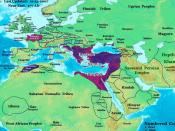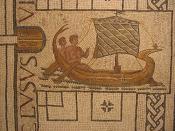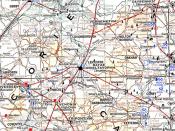The Fall of Rome The actual date of the fall of the Roman Empire has been debated for several years. The gradual decay of what was once the greatest empire in history was inevitable and marked by many significant events throughout its course. There is a specific era in which the Roman Empire was most definitely gone for good: the fourth and fifth centuries. It was during this period of time that the empire split into two parts, was sacked by the Visigoths, and ultimately was deposed of the final emperor, Romulus Augustulus in 476.
When the empire was divided in the fifth century CE, the western, Latin-speaking provinces in Europe differed greatly from the Greek-speaking eastern provinces. These differences led to the political and cultural separation of Rome for centuries to come. In the West, the rulers had weak authority and poor military leadership in contrast to the East with its strong commanders and growing wealth under control of the Roman emperor.
The western provinces of Rome deteriorated much faster than those in the east. There are many theories as to why this occurred; at the time, Christians blamed the polytheists, and polytheists blamed the Christians, believing the fall of their country was punishment from some higher realm. Some believe that the Romans lost their provinces because of constant invasion.
In 378, after intolerable exploitation by the seemingly hospitable Romans, a group of Visigoths revolted against Roman emperor Valens at the Battle of Adrianople and killed him and his army. The uprising was one of many fateful disasters that would aid in the destruction of the western provinces. Theodosius, the new emperor, mistakenly allowed the Visigoths to serve in the army under separate commanders, providing an opportunity for Visigoth leader Alaric began to plunder Roman cities. Alaric began extorting...


